A reliable power supply is crucial for the smooth operation of electronic equipment. We offer a wide range of power supply solutions, including power cables, power strips, device protection adapters, plug-in power supplies and batteries. Our products are of high quality and provide a safe power supply for all types of devices. We also offer a variety of options to meet your individual requirements, including different cable lengths, plugs and voltages. Our appliance protection adapters protect your devices from power surges and damage caused by lightning, while our power strips can connect multiple devices to reduce space requirements. Our plug-in power supplies provide a compact and efficient power supply for a variety of devices. We also offer batteries in a variety of sizes and capacities for use in mobile devices, emergency power supplies and more. Contact us today to learn more about how we can help you choose the right power solution for your needs.

:strip_icc():strip_exif()/xtra_wgs/525120-power-cables-internal.png)
:strip_icc():strip_exif()/xtra_wgs/525110-power-cables-external.png)
:strip_icc():strip_exif()/xtra_wgs/561030-cable-roller.png)
:strip_icc():strip_exif()/xtra_wgs/561000-multiple-socket-outlets.png)
:strip_icc():strip_exif()/xtra_wgs/561010-multiple-socket-outlets-19zoll.png)
:strip_icc():strip_exif()/xtra_wgs/561020-socket-outlets-ip-controlled.png)
:strip_icc():strip_exif()/xtra_wgs/561025-socket-outlets-0he-3phases.png)
:strip_icc():strip_exif()/xtra_wgs/561050-built-in-socket-outlets.png)
:strip_icc():strip_exif()/xtra_wgs/561060-surface-mounted-outlets.png)
:strip_icc():strip_exif()/xtra_wgs/561070-stromverteiler.png)
:strip_icc():strip_exif()/xtra_wgs/562006-e-moblity-power-cable.png)
:strip_icc():strip_exif()/xtra_wgs/561080-strom-zubehoer-steckdosen.png)
:strip_icc():strip_exif()/xtra_wgs/561082-strom-power-plugs.png)
:strip_icc():strip_exif()/xtra_wgs/561084-strom-datenmodule.png)
:strip_icc():strip_exif()/xtra_wgs/561021-sensoren.png)
:strip_icc():strip_exif()/xtra_wgs/561075-strom-wieland-system.png)
:strip_icc():strip_exif()/xtra_wgs/562005-stromadapter.png)
:strip_icc():strip_exif()/xtra_thumbs/19071536_fre_033.png)
:strip_icc():strip_exif()/xtra_wgs/562010-clock-timer-energy-cost.png)
:strip_icc():strip_exif()/xtra_wgs/562020-universal-ac-adaptor.png)
:strip_icc():strip_exif()/xtra_thumbs/19992034_a_091.png)
:strip_icc():strip_exif()/xtra_thumbs/19102010_fre_062.png)
:strip_icc():strip_exif()/xtra_wgs/562060-world-travel-adapt.png)
:strip_icc():strip_exif()/xtra_wgs/554000-recharable-batteries-others.png)
:strip_icc():strip_exif()/xtra_thumbs/16501064_091.png)
:strip_icc():strip_exif()/xtra_wgs/554010-batteries.png)

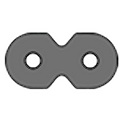
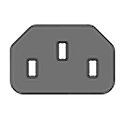
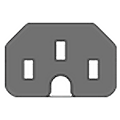
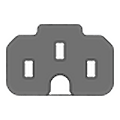
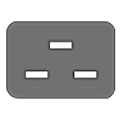
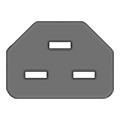
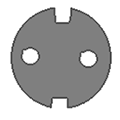

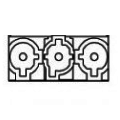
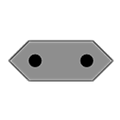
:strip_icc():strip_exif()/cms_secde/cms/ueber_uns/markenwelt/roline/qualitycontrol_red.png)